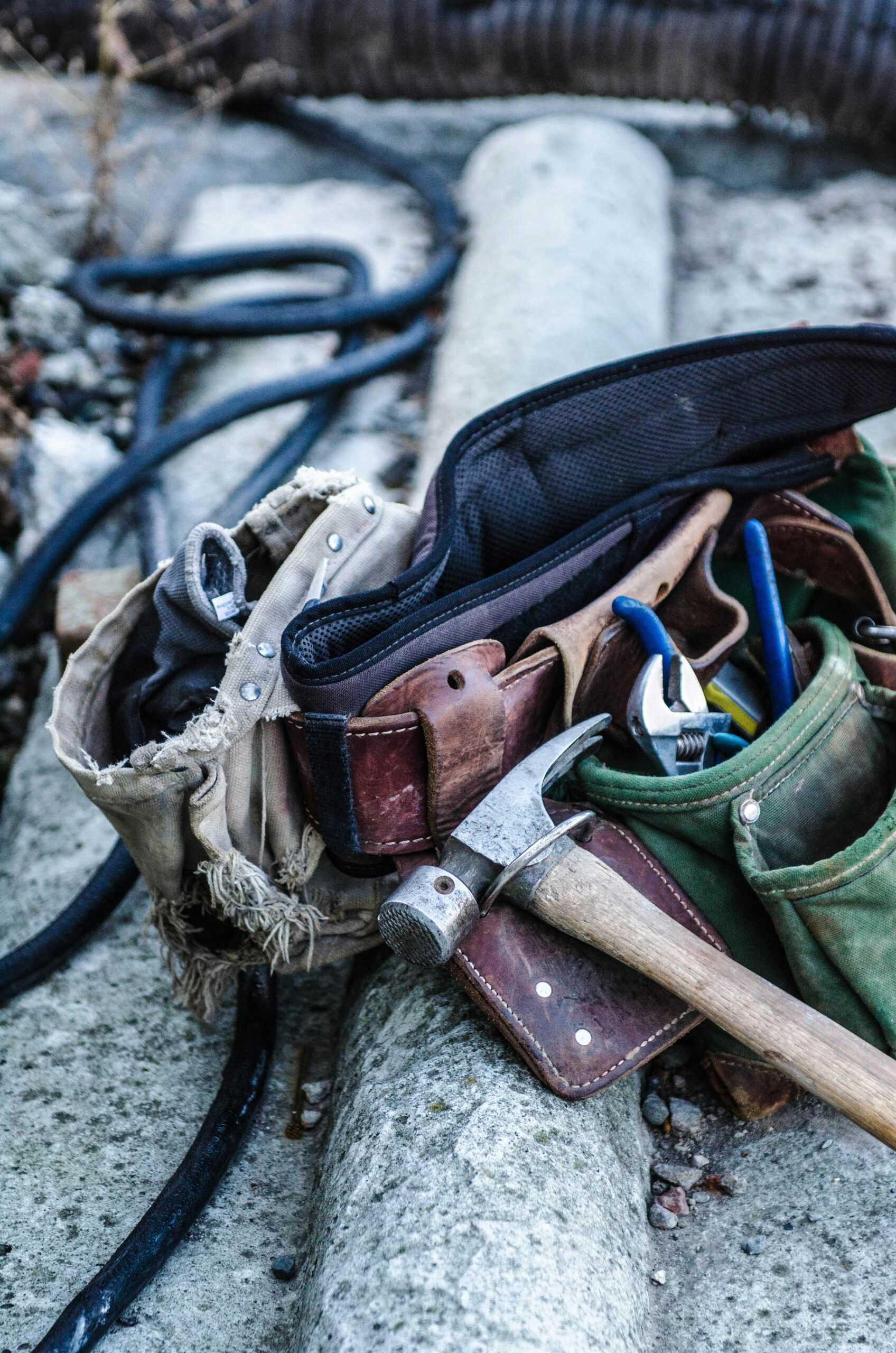Poor workmanship claims arise when property owners suffer damages due to a contractor’s failure to exercise reasonable care and skill in their work. Whether you’re a homeowner seeking compensation for substandard renovations or a business facing quality-related disputes, understanding your legal rights and protections under Ontario legislation is crucial. These claims can stem from a variety of situations, including home renovations, new construction projects, repair services, and professional trade work. Successfully pursuing or defending a poor workmanship claim requires a strong understanding of consumer protection principles and the standards established by Ontario’s regulatory framework. The Consumer Protection Act, 2002 and other provincial regulations provide important safeguards for those affected by substandard work.
If you’re dealing with a Poor workmanship claim, consulting with a legal professional like Daniel English can help ensure your case is handled with care and expertise.

At YLAW, we specialize in handling poor workmanship claims by offering tailored legal services to both homeowners and businesses. Our team is dedicated to helping clients navigate the complexities of consumer protection law, ensuring they understand their legal options and rights under the Consumer Protection Act. These types of claims can involve various legal challenges, including proving substandard quality, demonstrating breach of contract, and establishing damages to your property. Whether you are pursuing compensation for defective renovations or defending against a claim, our paralegal services offer expert support throughout the process.
We are committed to finding cost-effective solutions, often resolving disputes without the need for lengthy and expensive litigation. For more information on poor workmanship claims and legal responsibilities in Ontario, we can guide you through the Consumer Protection Act, the New Home Construction Licensing Act, 2017, and Ontario Regulation 213/91, which outline key legal standards for contractor liability, compensation, and construction quality requirements. We provide guidance on navigating these legal frameworks to help achieve the best possible resolution for your case.
Poor workmanship claims can arise from various situations where a contractor or professional fails to meet the expected standard of care in their work, leading to property damage or financial loss. Some of the most common types of poor workmanship claims include:
Home Renovation Defects: One of the most frequent poor workmanship claims involves substandard renovations, such as improper installation of flooring, faulty plumbing, or electrical work that doesn’t meet building codes. Contractors may be held liable if their work fails to meet industry standards.
Professional Trade Negligence: Skilled tradespeople, such as electricians, plumbers, or HVAC technicians, have a duty to meet industry standards. Claims can arise if their failure to meet these standards results in property damage, safety hazards, or other issues.
Construction Defects: Builders and developers may face claims for poor workmanship in new construction projects. This can include structural issues, inadequate waterproofing, or failure to comply with building regulations.
Landscaping and Outdoor Work: Poor work in landscaping projects, such as improper grading, inadequate drainage systems, or substandard hardscaping, can lead to property damage and claims against the contractor.
Home Inspection Oversights: Home inspectors have a responsibility to identify and report potential issues. If they fail to notice significant defects that should have been apparent, they may be held liable for negligence.
Poor workmanship claims can have serious financial and legal consequences for contractors and homeowners alike. Seeking professional legal advice ensures that individuals and businesses can navigate these claims effectively and understand their rights under Ontario’s consumer protection laws.
If you are involved in a poor workmanship claim, taking the right steps is crucial to ensuring a fair and efficient resolution. Here’s what you should do next:
Taking swift and informed action is key to achieving the best possible outcome. For professional assistance with your poor workmanship claim, don’t hesitate to contact us. We’re here to provide expert legal support and guide you through every step of the process, ensuring you understand your rights under Ontario’s consumer protection laws.